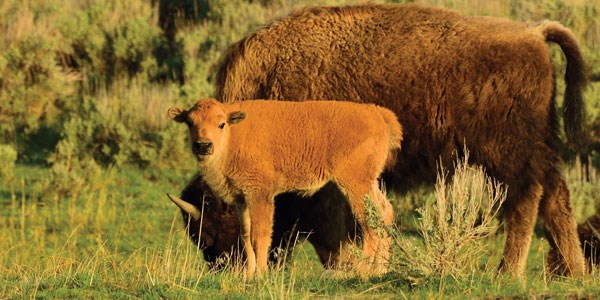7 Nature Photography Tips for Beginners With Professional Photographer Jim Clark
There’s no better feeling than capturing that one precious moment in nature, when a bird takes flight, a bumble bee lands on a flower or the setting sun reflecting on the surface of a lake. Photographs are one of the best ways to relive your adventures and an excellent tool to teach others about the wildlife you’ve experienced. But when it comes to nature photography, capturing that moment can be a challenge. We asked Chincoteague Bay Field Station’s expert nature photographer and Road Scholar instructor Jim Clark to provide us with a few simple tricks to elevate your photography and bring a piece of nature home with you:

1. Know Your Subject
“Be a naturalist first, photographer second. I guarantee your images will be much more appreciated and welcomed by your audience,” explains Jim. “Oh yeah, you’ll have more fun, too!” The best way to photograph nature is to understand nature. Once you gain a deeper knowledge of your subjects, you’ll have an easier time capturing those defining moments.
2. Don’t Just Photograph Nature; Photograph to Be in Nature
Professional photographers enjoy being outside as much as they love capturing that perfect moment. For Jim, he loves how his students have “just as much fun watching an egret patiently wait for the right moment to strike the water as they did actually photographing it.” This art should be about the experience and appreciating this beautiful world, and then about you trying to photograph it.
3. Knowing When to Anticipate and When to Chase
This one is a twofer. Knowing when to wait for the right moment to capture can be hard, but it’s also very important. It involves plenty of patience and having a little know-how (see above tip) to anticipate how a moment might play out. Slow down, observe and wait to see if you can anticipate something incredible. Then be ready.
Once you see a moment beginning to unfold, get to work capturing it. Just remember: Jim says that knowing when to anticipate and when to chase aren’t mutually exclusive. Both depend upon each other to get that perfect photograph.

4. Capture a sense of place.
“I always strive to seek that elusive characteristic in my landscape photography: a sense of place,” says Jim. That’s why immersing yourself in the landscape you’re photographing is so important in becoming a skilled and confident photographer. Let all distractions fade away and try to pinpoint what makes this landscape so unique. Engage all your senses – savor the experience. The more connection you have with the location, the better your photography will stand out and the more your viewers will feel that magic, too.
5. Get eye to eye with wildlife
Though your first inclination might be to remain standing to photograph a small animal, a guaranteed technique to improve your craft is to change your perspective. Look at your subject from a different angle and get low for an up close view. “What makes a lower perspective appealing? The short answer: intimacy,” states Jim. “The viewer gets a sense of looking straight into the animal’s eyes and experiencing the world as the animal does.”
6. Listen
“New photographers tend to focus on what they see, not what they hear. And they fail to take advantage of the moment.” Jim explains that there’s two reasons for listening when photographing nature. The first is to help identify the species you want to photograph. Sometimes the sounds an animal makes will reveal what it is going to do next. The second, and more important, is that nature’s symphony provides an extra level of appreciation. Enjoy the experience!
7. Challenge yourself
Once you’ve become skilled at the basics, step outside your comfort zone and try something new. Use a different lens for a new perspective. Try backlighting or using fill flash. Experiment under different lighting situations. “Make this the year you say to yourself, ‘Maybe it’s time…’ and then go for it,” Jim says. “Make this the year to increase your confidence, improve your skills and raise your enjoyment in photographing nature.”
Want to put these tips to use? Bring your camera along for a learning adventure in our national parks!
About the Author
A past North American Nature Photography Association President, Jim Clark is the nature photography instructor for the Chincoteague Bay Field Station, Wallops Island, Virginia. Jim leads anywhere between six to eight Road Scholar nature photography workshops at the station and is the author/photographer of six books and hundreds of magazine articles. Visit Jim’s website at www.jimclarkphoto.com.
